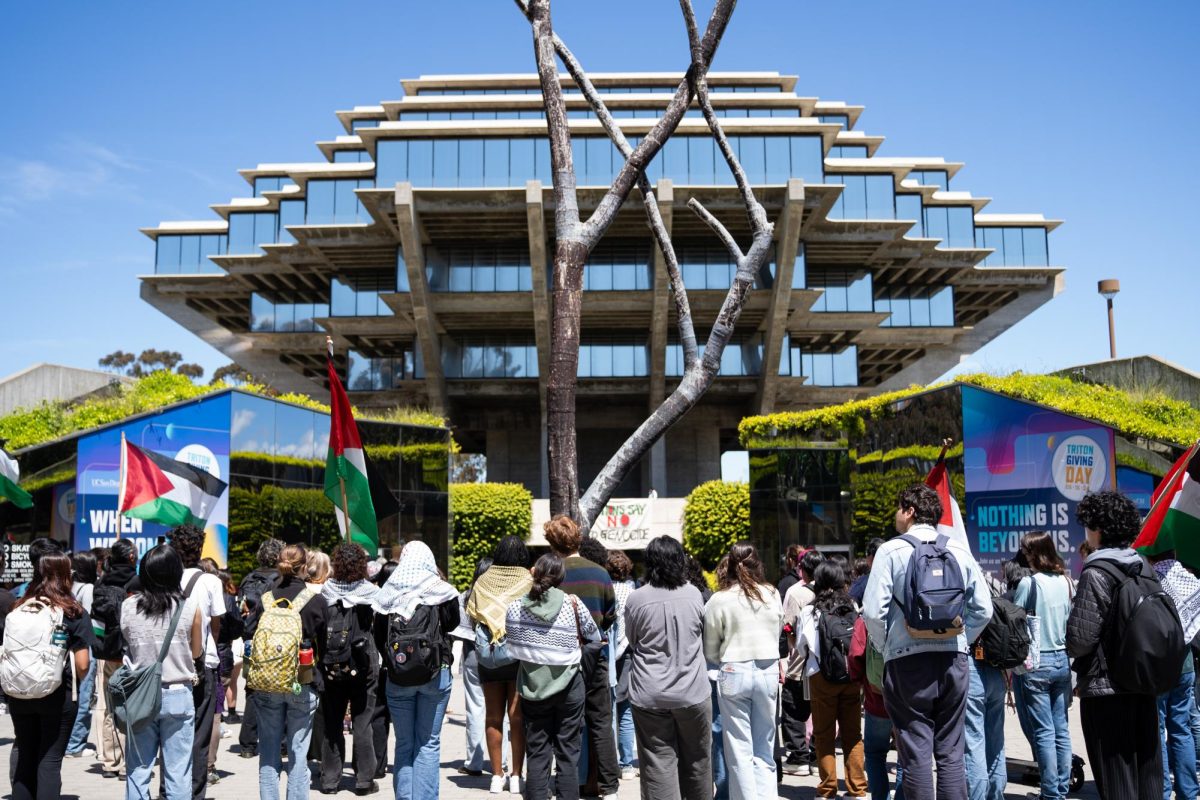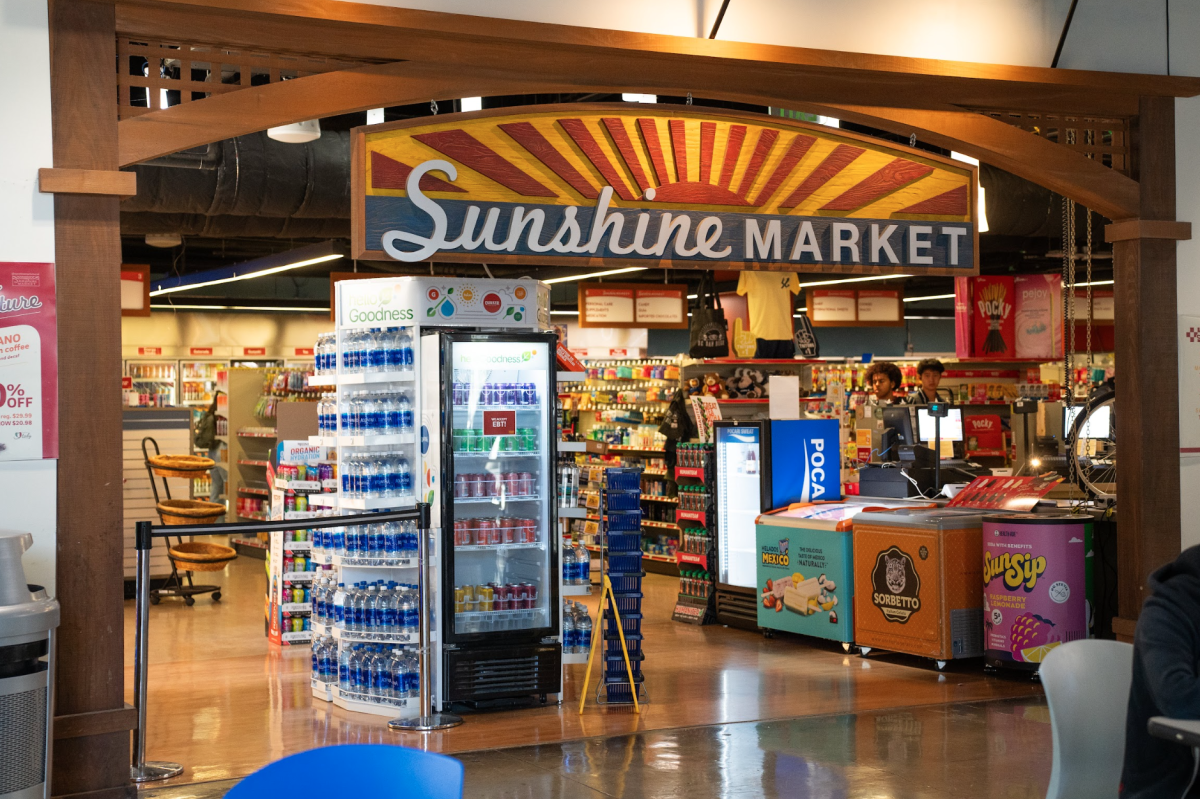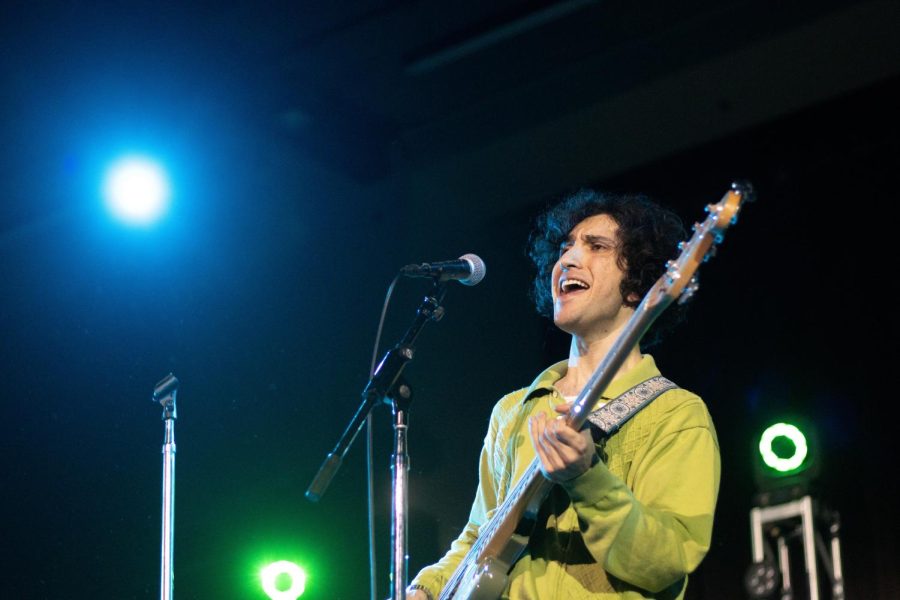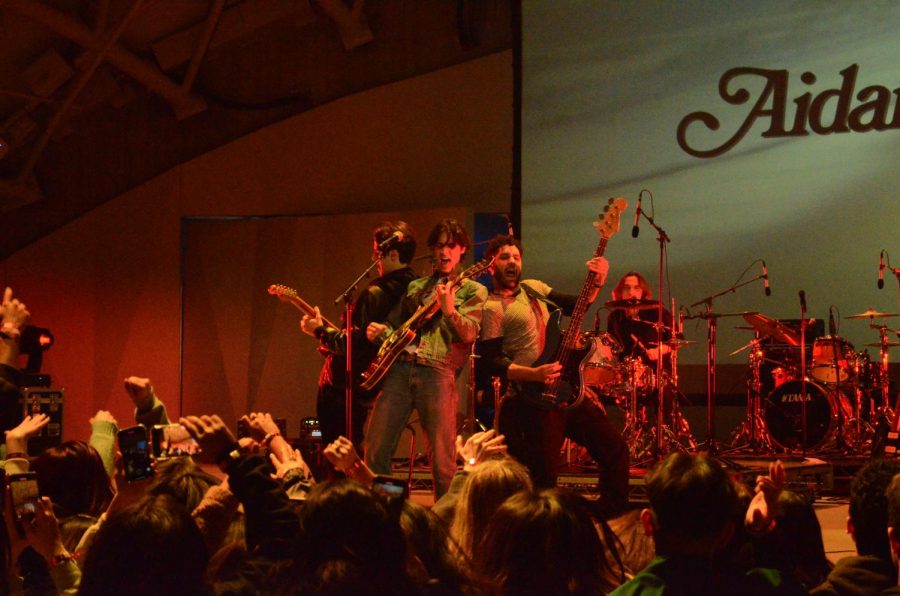At the preschool, Peter, a refugee from South Sudan who
looks 16 and shows a shy disposition around other adults, teaches refugee
children how to write English letters by rote, pointing at the often incorrect
characters on a small chalkboard and shouting out the name for the students to
repeat. His “big F” is crossed fully at both lines. He began learning English
and Arabic himself when he arrived in
only a few years ago. The other teachers know even less English than Peter.
In Ain Shams, a
suburb in the north of the city where many refugees have settled, the Sudanese
Community Development Project has
established two schools to service the needs of refugee children. The education
center — a small, white brick, two-story building with five classrooms and a
grassy courtyard — holds classes for students from ages six to 12 in the
mornings, and for those ages 13 to 22 in the afternoons. A three-minute walk
from the center stands a small two-room building that acts as a preschool for
over 100 other students.
Only one volunteer worked with the school last semester,
and even she could only show up sporadically due to her own class schedule.
Most students participate in a well-known program called Students Taking Action
for Refugees, which provides classes taught by
student volunteers for the refugee community in
Since STAR has such prominence on campus, many students never look into the
opportunities to work with refugee children.
The need for volunteers at primary schools is even greater
now than it has been in the past, and the volunteer network has been slow in
adjusting to the demand. In the past few years, nongovernmental organizations
that have traditionally supported Sudanese refugees in Cairo have moved to
South Sudan in response to the brokered peace between the Arab-Muslim north and
the Christian south, taking much-needed funding from Egyptian school centers
and using it to rebuild Sudan’s ravaged infrastructure.
Samuel Monyping, headmaster of the SCDP education center and
a refugee from Southern Sudan, sits at the computer in his office most days,
wearing silver wire-rimmed glasses and a blue polo. Like most refugees in the
area he tries to dress professionally. Monyping is in the middle of business
planning, not only for the future of the education center, but for development
in South Sudan as well. In Cairo, he is struggling to maintain the educational
facilities that are desperately needed. From Cairo, he is working with
colleagues who will soon head to South Sudan where he is part of a small group
trying to rebuild the community by establishing schools and medical facilities.
“We have educated people [in Sudan], but we don’t have
experience,” Monyping said. “Our government there has no experience because
they are fighters. Fighting and developing are different … we need to team up
with NGOs who can train us.”
The presence of NGOs in South Sudan is not an issue with so
many establishing themselves in the area, but many refugees are not returning
home.
Despite the peace agreement between North and South Sudan,
which has attracted many NGOs, refugees are still wary of the move back due to
the difficulties they will face among the devastation of the more than 20-year
conflict. In Cairo, refugees live in apartments and enjoy available services
such as hospitals and schools, which South Sudan still lacks in adequate
capacity because of the war’s indiscriminate destruction. Furthermore, many
remain skeptical that the peace will even hold.
“There is still a tumor in our spirit,” Monyping said.
“There is fighting 21 years, so all we feel is to fight. We need a change, a
change from inside to outside.”
Due to the large number of Sudanese reluctant to return
home, the number of children in need of education continues to grow within the
refugee community. Before 2006, these children didn’t even have formal centers
and many went without schooling due to Egypt’s reservations to the United
Nations 1951 Refugee Convention, to which it is a signatory. Egypt, as
permitted by the United Nations, abstained from allowing refugees rights to
employment or public education, which were called for in the convention.
Because of this, until 2006, they were unable to form organizations, crippling
the chance of receiving charitable donations from many organizations.
After a deadly clash between police and peaceful protesters
in December 2005 outside the United Nations High Commissioner for Refugees
Office in Cairo, Egypt altered its policy in the handling of refugees,
particularly the Sudanese.
According to a Washington Post report, the protest spanned
over three months and involved nearly 3,500 Sudanese who were told by the
United Nations they were unable to be relocated to the West and had the choice
of remaining in Cairo or returning to war ridden South Sudan. Massive protests
and vigils took place after more than two dozen refugees were killed during
police intervention against the sit-in. Several of the victims were only
children, trampled during the chaos.
In the wake of the tragedy downtown, and for the first time,
Sudanese refugees were able to legally establish education centers. As
permanent refugees and the SCDP took this opportunity, their schools — which
had been in place unofficially since 2001 — gained official status.
Today, more than 500 refugees are enrolled in classes
through the education center and preschool. Six days a week, at 9:30 a.m., the
younger students take a break to play in the courtyard, eat home-packed
sandwiches and look through their studies.
Most kids laugh and play in the courtyard. Some remain in
the classrooms but are just as playful. When my camera came out, crowds
gathered for pictures and clamored to get a glance at their photos. Tugs at my
pants and shouts across the grass called for more pictures, more attention. I
felt a playful spirit, a youthful optimism I can only hope lasts longer than a
few years.
Many of these children will remain in Cairo permanently,
with refugee status. Even if the situation clears up in Sudan, and Sudanese
begin heading home, Monyping said, there will always be more displaced people
in Cairo who need schooling. Palestinian and Iraqi refugees require education as well.
Despite the need, money is running out. Funding is not
coming in, and the school can barely afford to pay teachers their already
meager wages, with which these refugees are struggling to survive themselves.
However, Monyping remains optimistic and dedicated.
“We want this program to go forward because we want to help refugees
— Sudanese, Kenyan, Palestinian and Iraqi,” he said. “We are refugees, we know
the situation well and this school will be open until the refugees leave
… Little by little, things are changing. This school is open because of
refugees but everything depends on the money, on funding. Prices are rising,
rent is high.”







